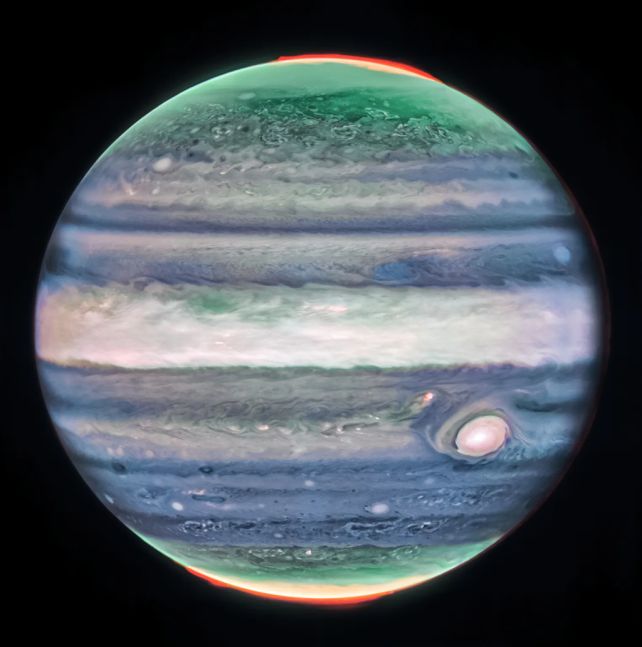NASA’s Jaw-Dropping Discovery: Marshmallow-Like Planet Baffles Scientists

Hold onto your telescopes, folks! NASA’s latest find, WASP-193b, is turning planetary science on its head. Imagine a planet 50% larger than Jupiter but so light and fluffy it’s like cosmic cotton candy. Sounds like something out of a sci-fi flick, right? But this “ghost planet” is as real as it gets.
A Planet That Defies Logic
Discovered by a team from MIT and the University of Liège, WASP-193b is orbiting a star about 1,200 light-years away in the constellation Hydra. Here’s where it gets wild: despite its massive size, this gas giant has only 14% of Jupiter’s mass. To put it in perspective, its density is comparable to a marshmallow. If you tried to stand on it (not that you’d survive the trip), you’d probably sink right through its fluffy atmosphere.
The Puffy Planet Enigma
Planets like WASP-193b, dubbed “puffy planets,” are rare gems in the universe. Their existence challenges our understanding of planetary formation. Traditional models can’t explain how such low-density giants come to be. As Khalid Barkaoui, the lead researcher, puts it, “Its extremely low density cannot be reproduced by standard models of irradiated gas giants.”
How WASP-193b Was Unveiled
The planet was first spotted by the Wide Angle Search for Planets (WASP) project, which scans the skies for telltale dimming of stars caused by transiting planets. Follow-up observations with ground-based telescopes and the Transiting Exoplanet Survey Satellite (TESS) confirmed its existence. Despite its size, detecting WASP-193b was no easy feat due to its low mass and the resulting weak gravitational pull on its host star.
Why This Discovery Matters
WASP-193b isn’t just another exoplanet to add to the list. Its unique characteristics make it a prime candidate for further study, especially with advanced instruments like the James Webb Space Telescope. By analyzing its atmosphere, scientists hope to uncover clues about its formation and, more broadly, about the diversity of planetary systems in our universe.
FAQs
Q: What makes WASP-193b different from other exoplanets?
A: Its combination of large size and extremely low density sets it apart, making it one of the “puffiest” planets discovered to date.
Q: How far is WASP-193b from Earth?
A: Approximately 1,200 light-years away, nestled in the constellation Hydra.
Q: Can we see WASP-193b with the naked eye?
A: Unfortunately, no. Its host star is too faint to be seen without a telescope.
Q: Why is it called a “ghost planet”?
A: Its low density and fluffy composition give it an ethereal, almost ghostly nature, defying traditional planetary characteristics.
Q: What’s next in the study of WASP-193b?
A: Scientists plan to use advanced telescopes to study its atmosphere in detail, hoping to gain insights into its formation and composition.
In the grand tapestry of the cosmos, discoveries like WASP-193b remind us of the universe’s boundless mysteries. As we peer deeper into the stars, who knows what other cosmic conundrums await?
0 comments